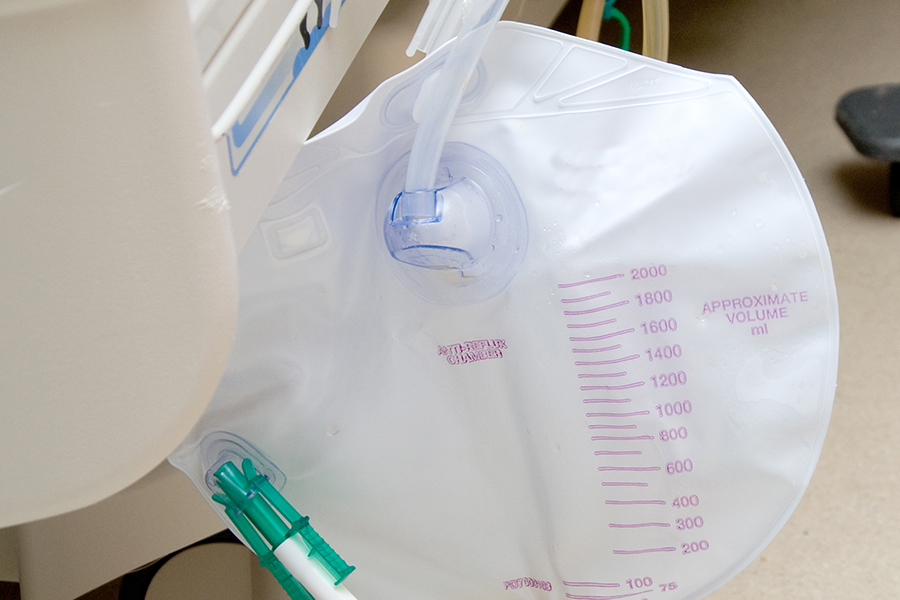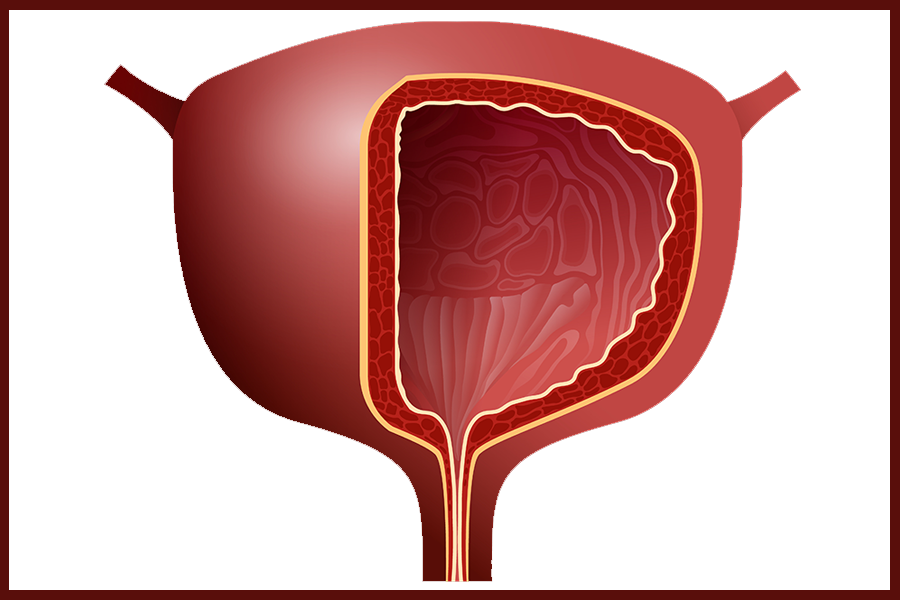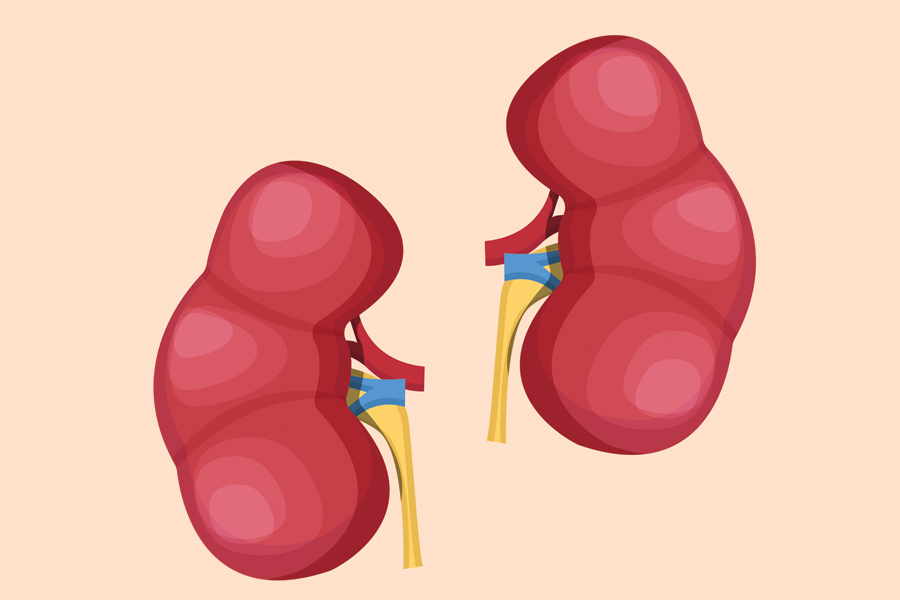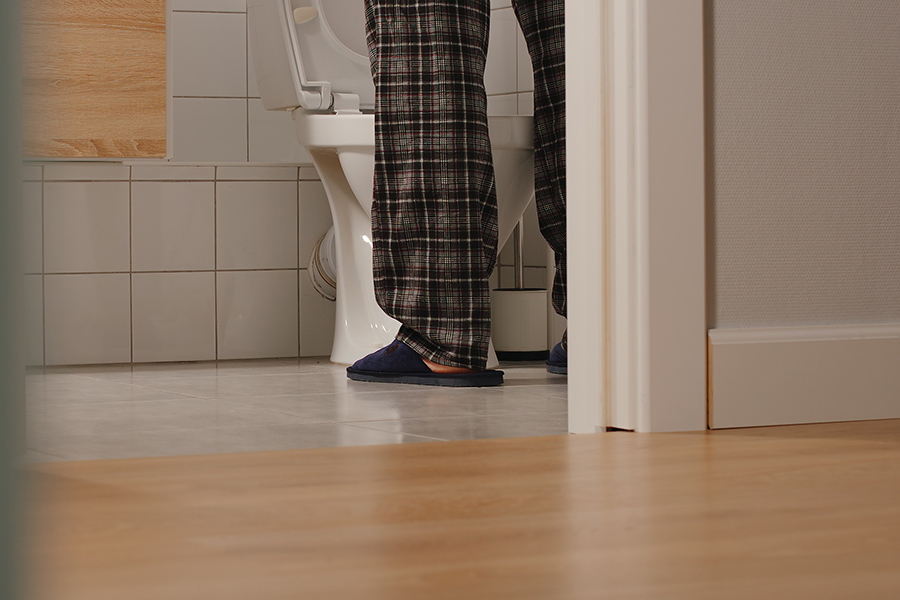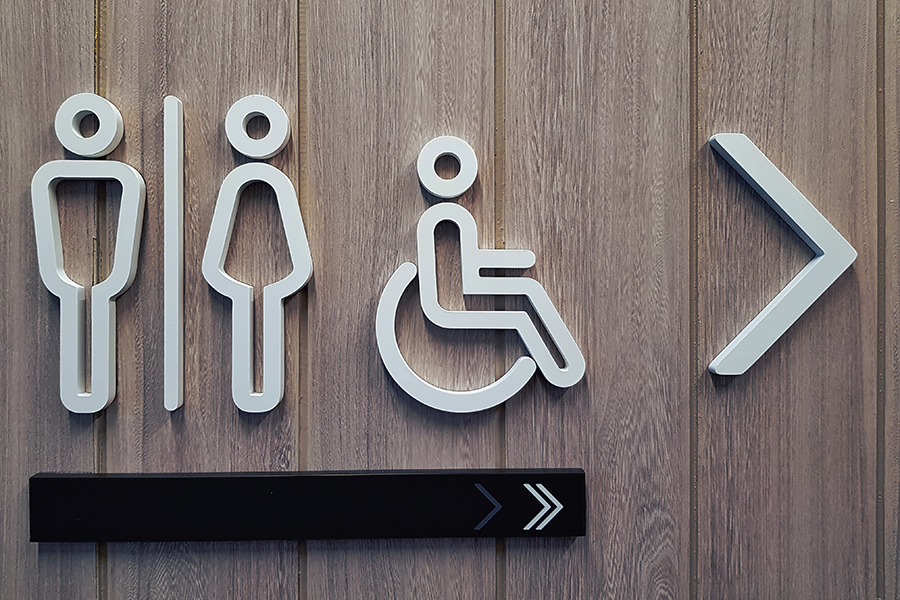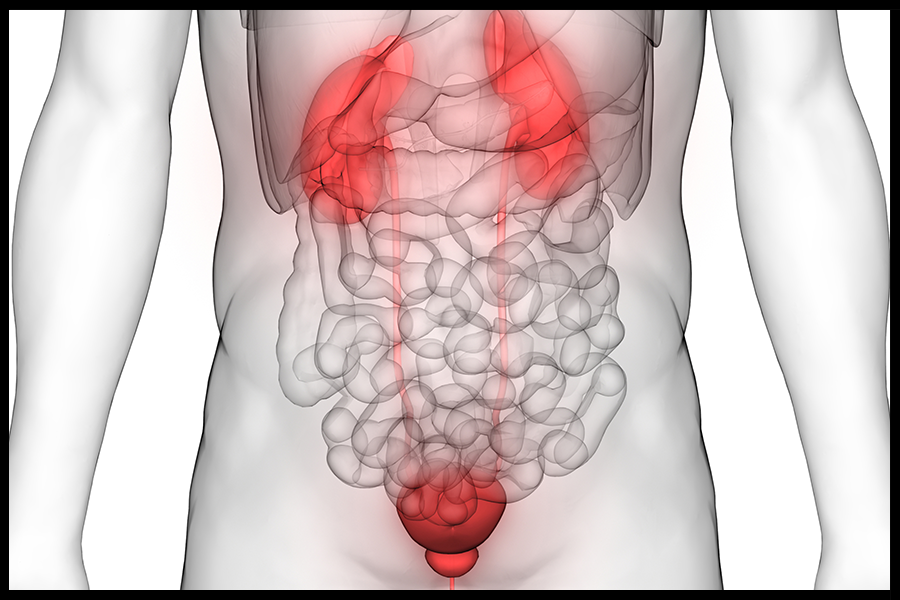Do you experience the frequent urge to urinate, painful urination or an incomplete emptying of your bladder? Do you suffer from constipation or strain during bowel movements? Is there pain or pressure in your vagina or rectum?
If you answered yes to any of these questions, it is possible that you are affected by a pelvic floor disorder.
You are not alone.
According to a study conducted by the National Institutes of Health, about one in four women in the United States are affected with one or more pelvic floor disorders. The research concludes that the frequency of pelvic floor disorders increases with age, affecting more than 40 percent of women age 60 to 79 years old and about 50% of women 80 years and older.
What is the pelvic floor?
The pelvic floor is a group of muscles in your pelvic area. The pelvic floor muscles act as a sling to support the organs in your pelvis, including the bladder, rectum and uterus (women) or prostate (men), helping pelvic organs function. Your bowel and bladder movements are controlled by contracting and relaxing these muscles.
What is pelvic floor dysfunction?
Pelvic floor dysfunction is the lack of ability to control the muscles in your pelvic floor. Individuals with pelvic floor dysfunction are able to contract these muscles rather than relax them, causing difficulty with bowel movements.
What are the symptoms?
Some of the symptoms of pelvic floor dysfunction include:
- The frequent need to urinate.
- Painful urination.
- Constipation or strain with bowel movements.
- Pain in your lower back.
- Pain in your pelvic region, genitals or rectum.
- Pain for women during sexual intercourse.
What are some causes of pelvic floor dysfunction?
Pelvic floor dysfunction is due to debilitated pelvic muscles or tears in connective tissue. When the pelvic floor cannot offer the support your organs need to work appropriately, the normal function of the bowel, bladder, uterus, vagina and rectum can be affected.
Some of the causes of pelvic floor dysfunction have been linked to vaginal childbirth, traumatic injury to the pelvic region, obesity, pelvic surgery and nerve damage.
How is pelvic floor dysfunction treated?
The objective for treating pelvic floor muscles is to relax the muscles, providing more control for bladder and bowel movements. Behavior changes or learning how to relax the muscles in the pelvic floor area can help; diet and fitness, medication, physical therapy, biofeedback and surgery are other treatment options.
Oftentimes people are uncomfortable discussing delicate topics like pelvic floor dysfunction, but there are many treatment options available that can significantly improve their daily quality of life. If you have a pelvic health issue, discuss the symptoms with your doctor, get a proper diagnosis, evaluation and treatment plan.
Sources:
You may also find these related articles helpful:













